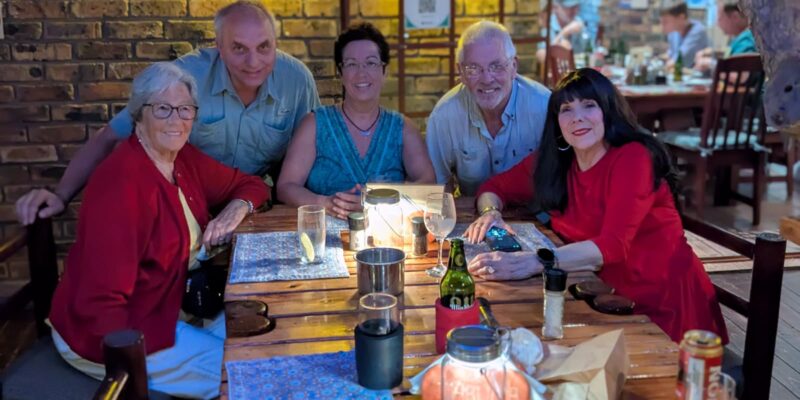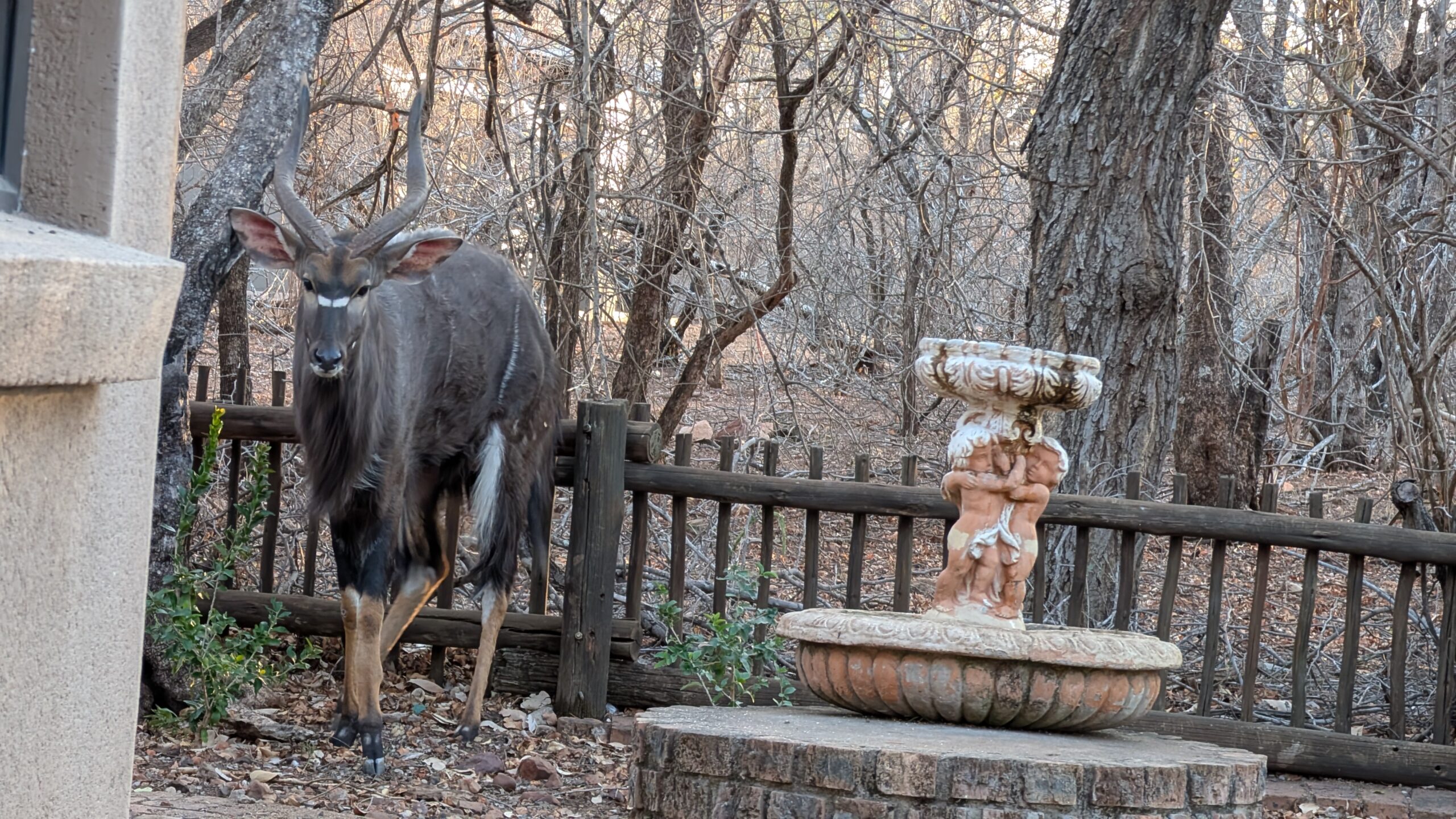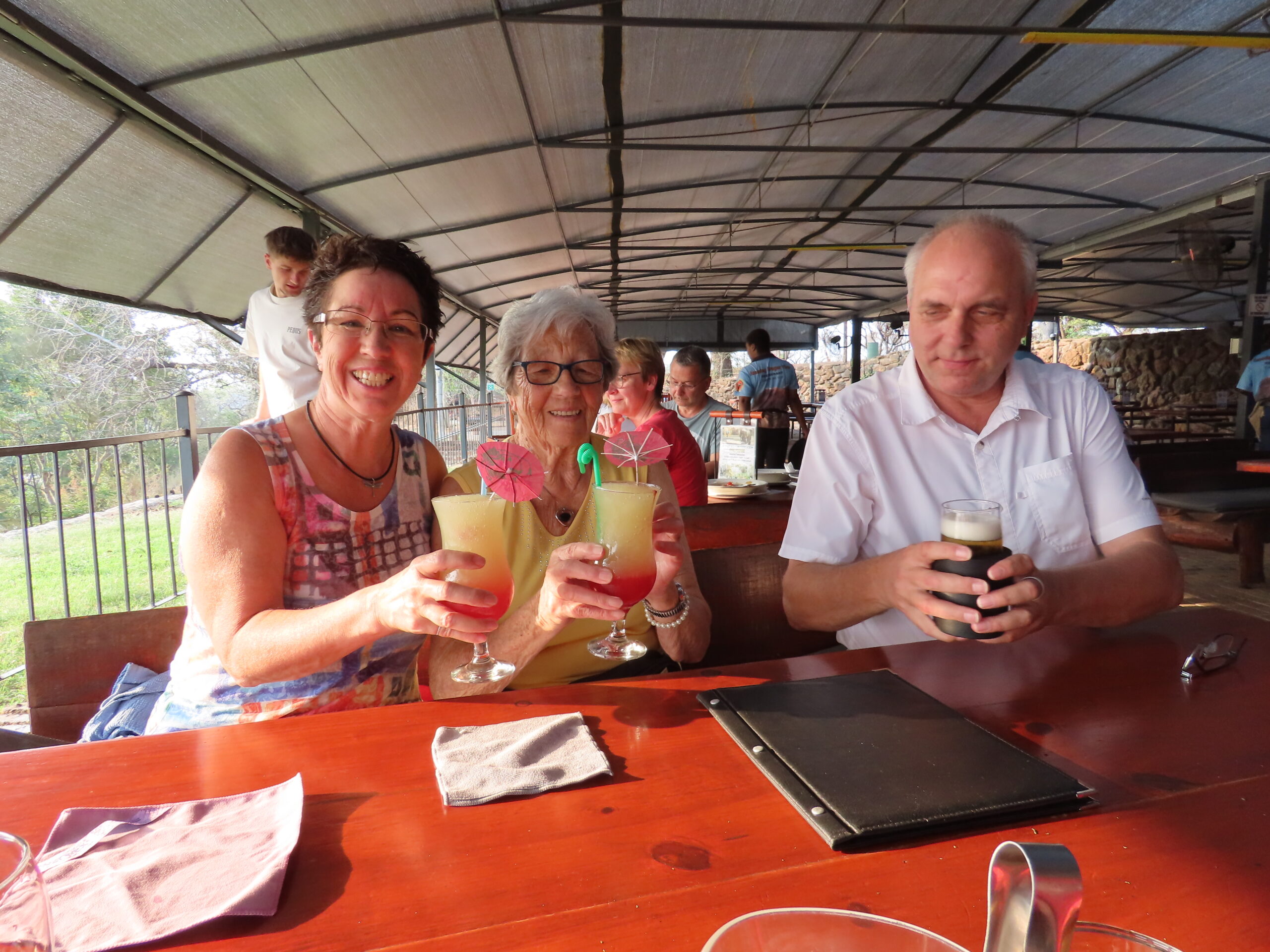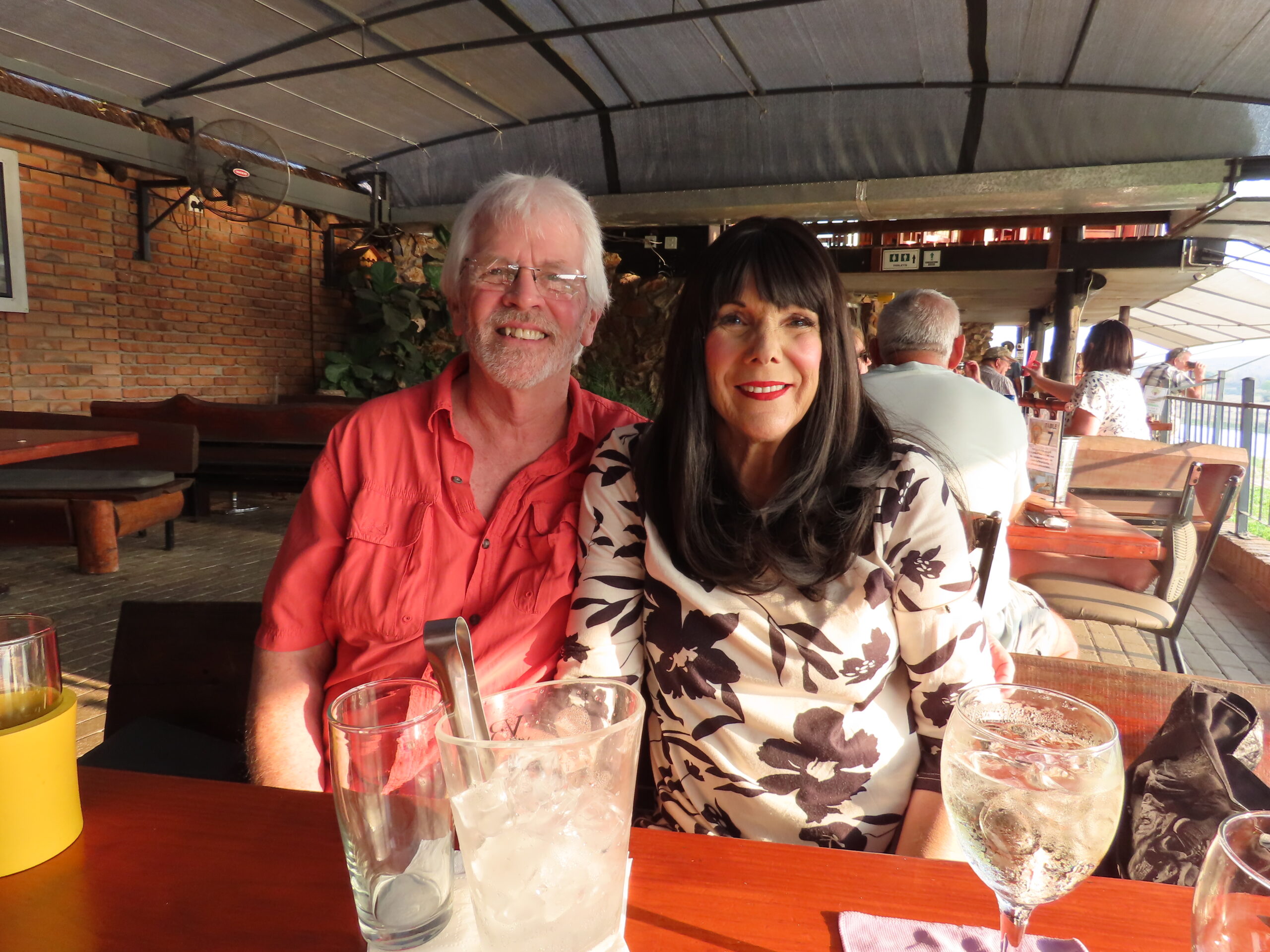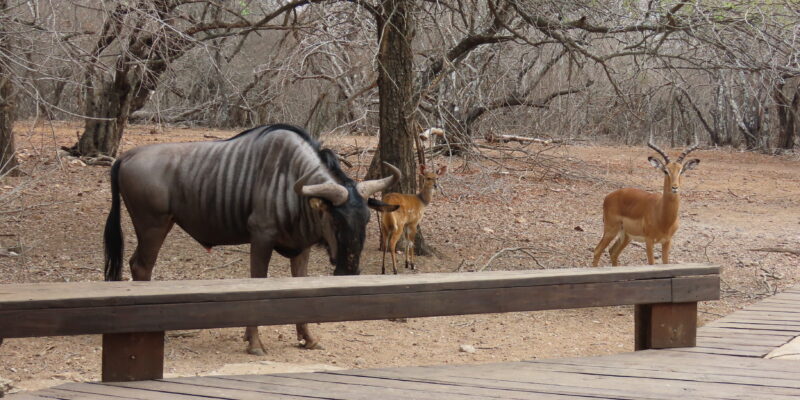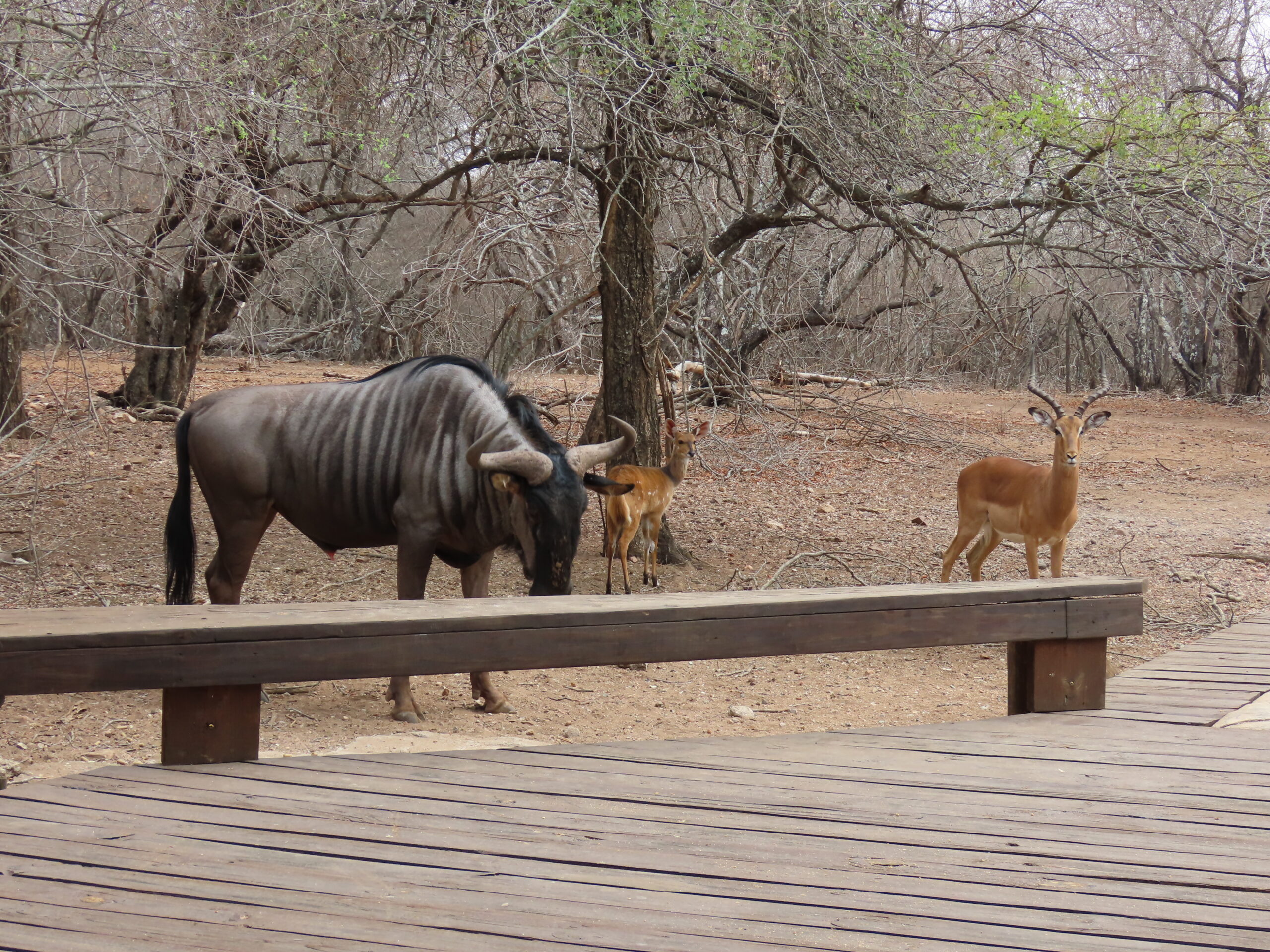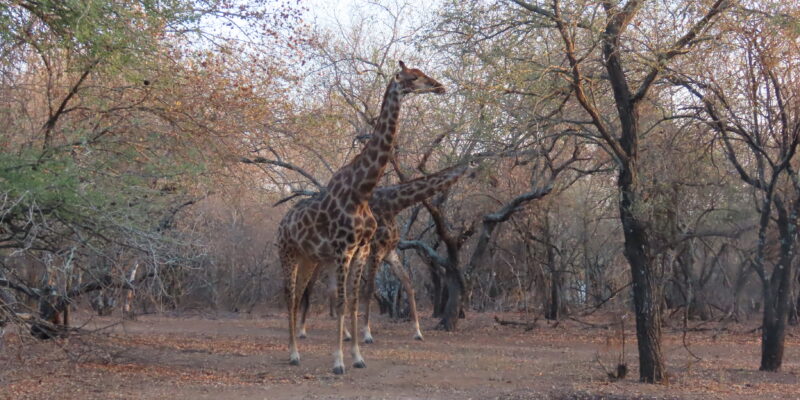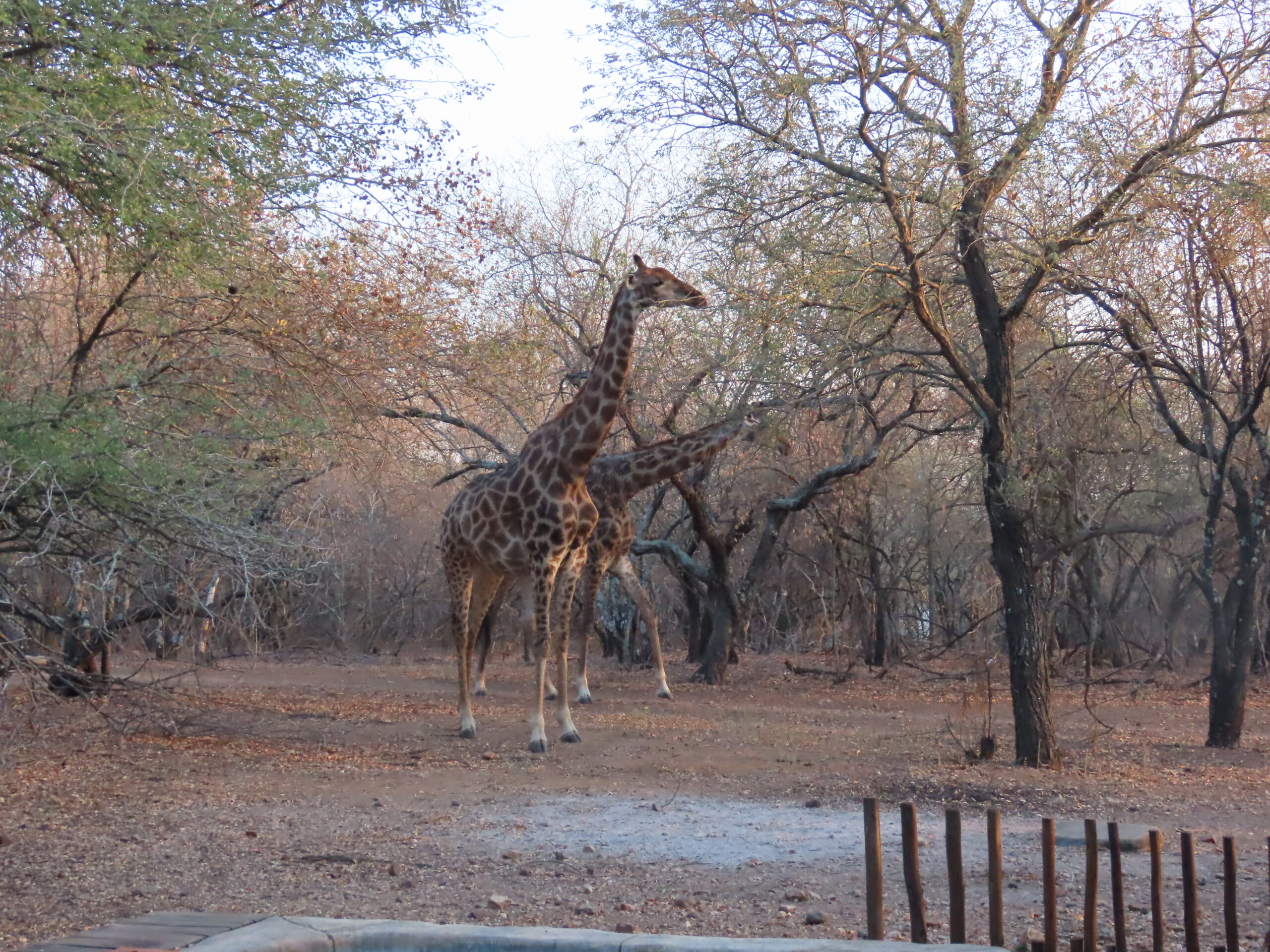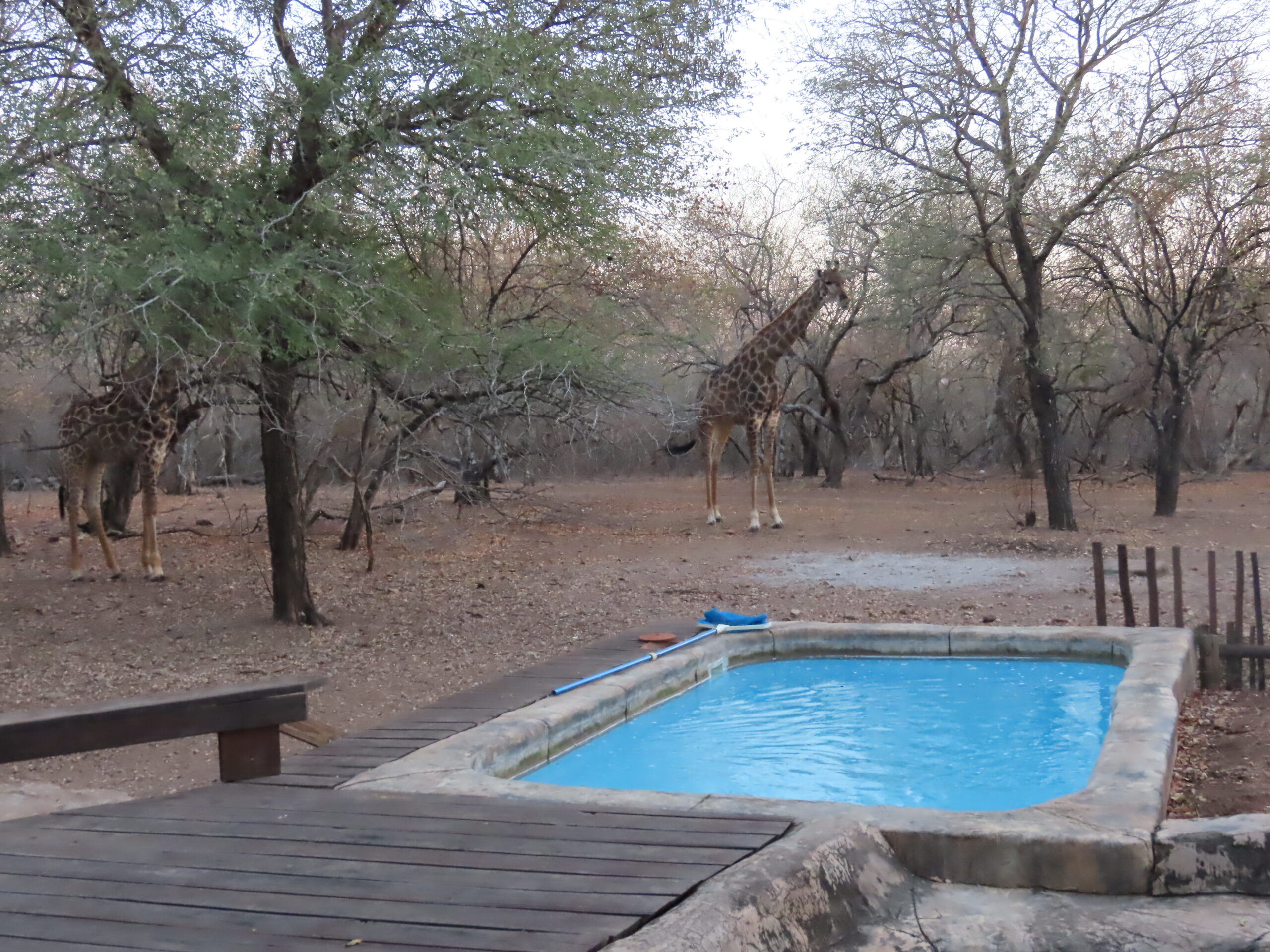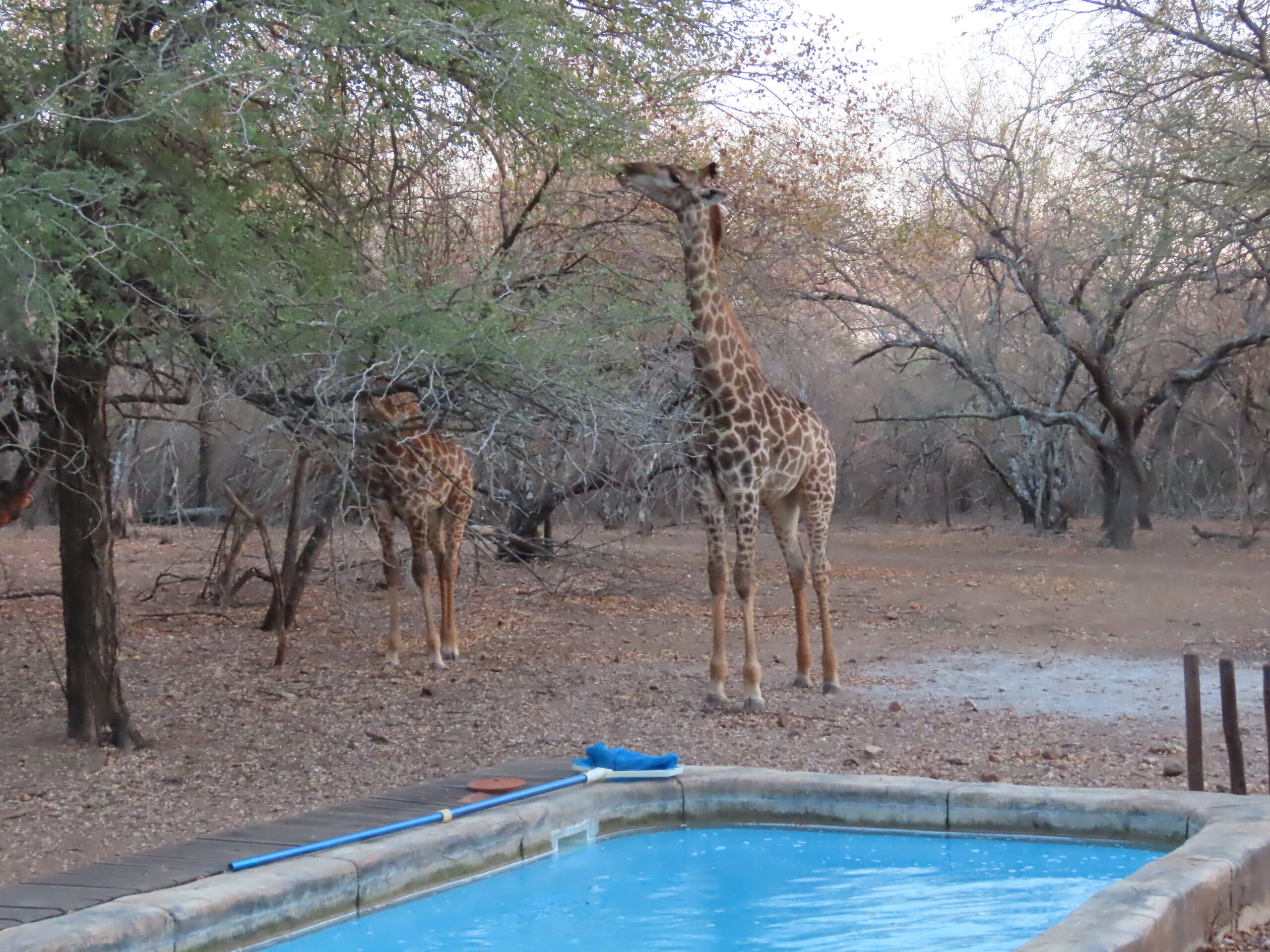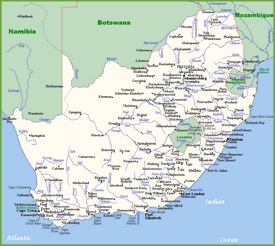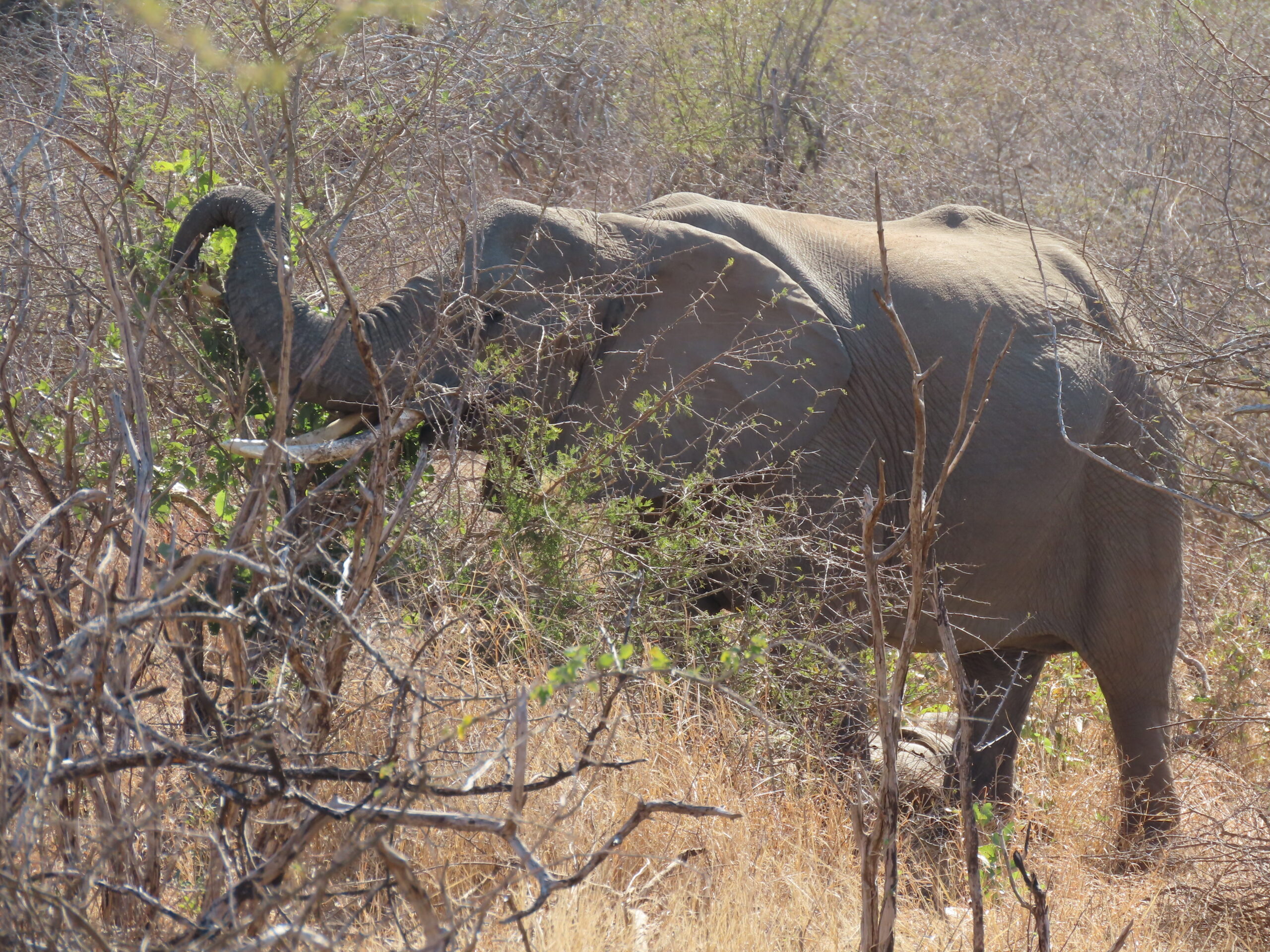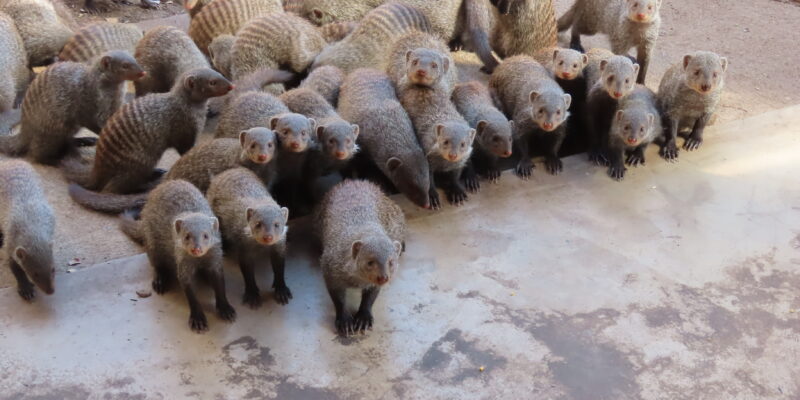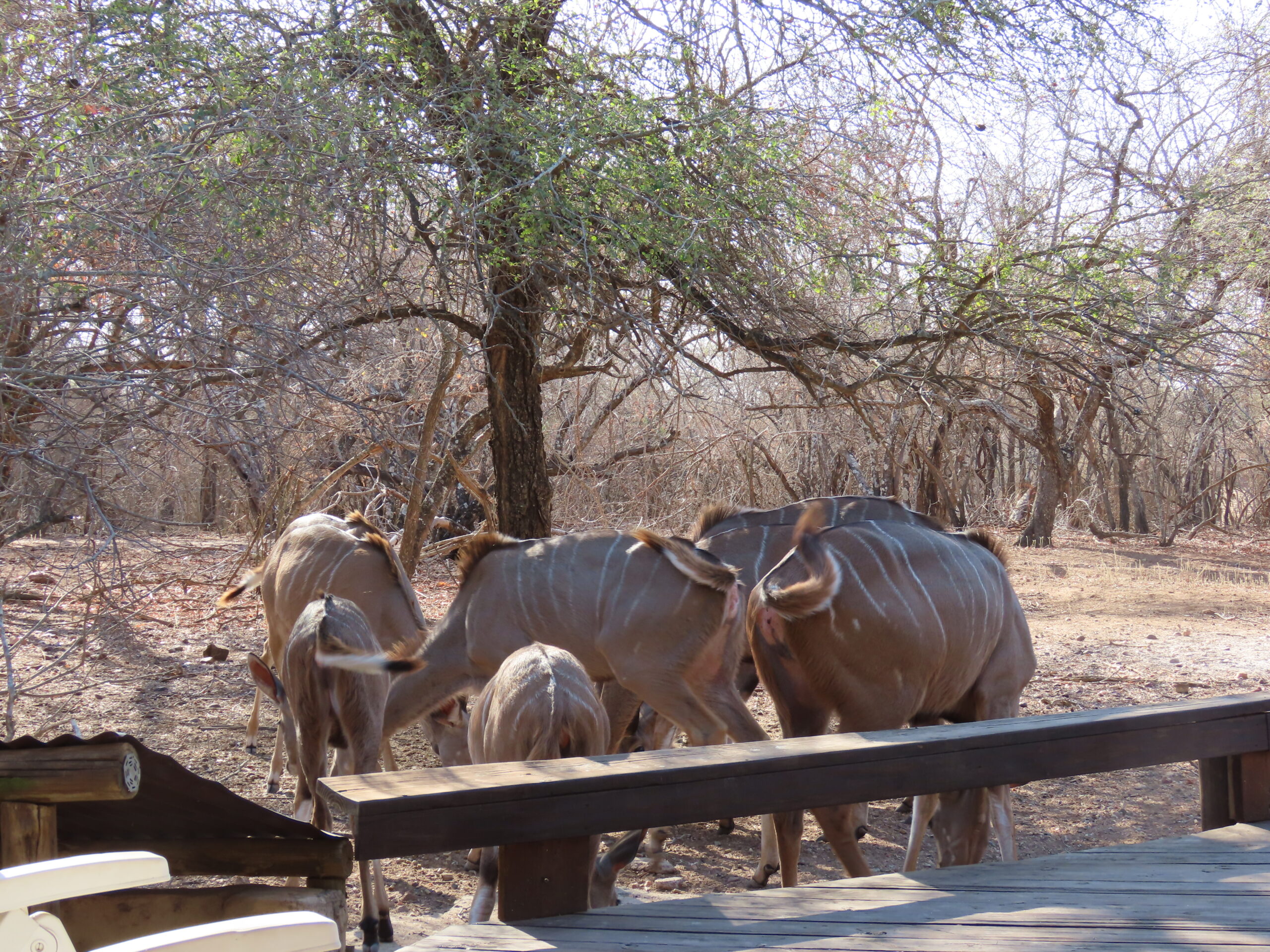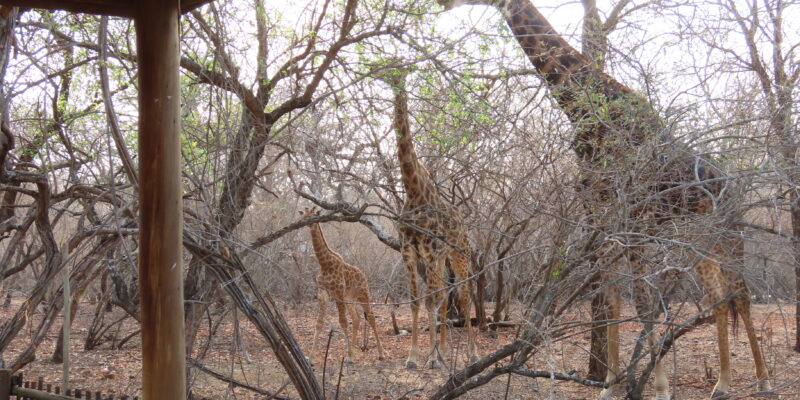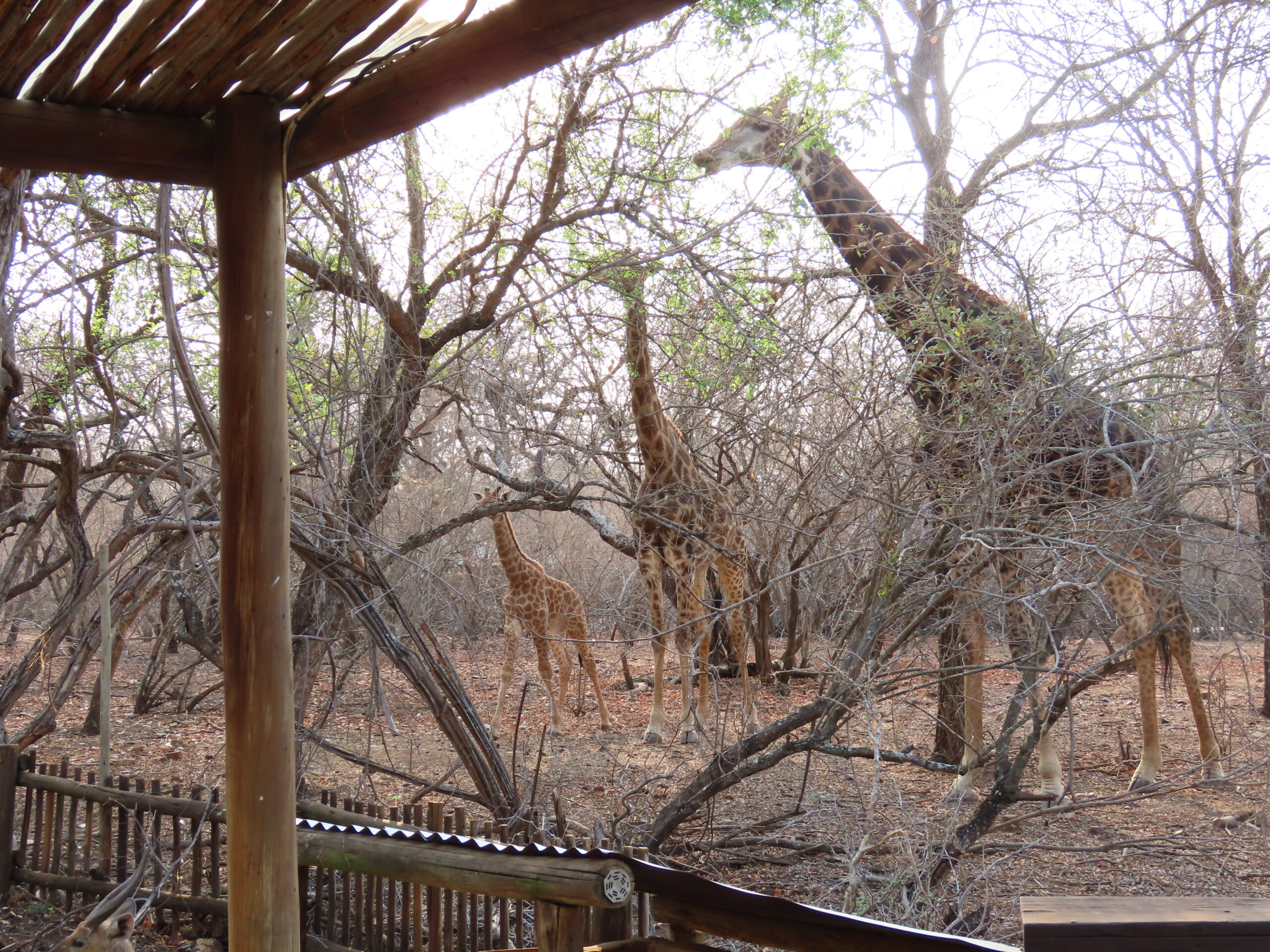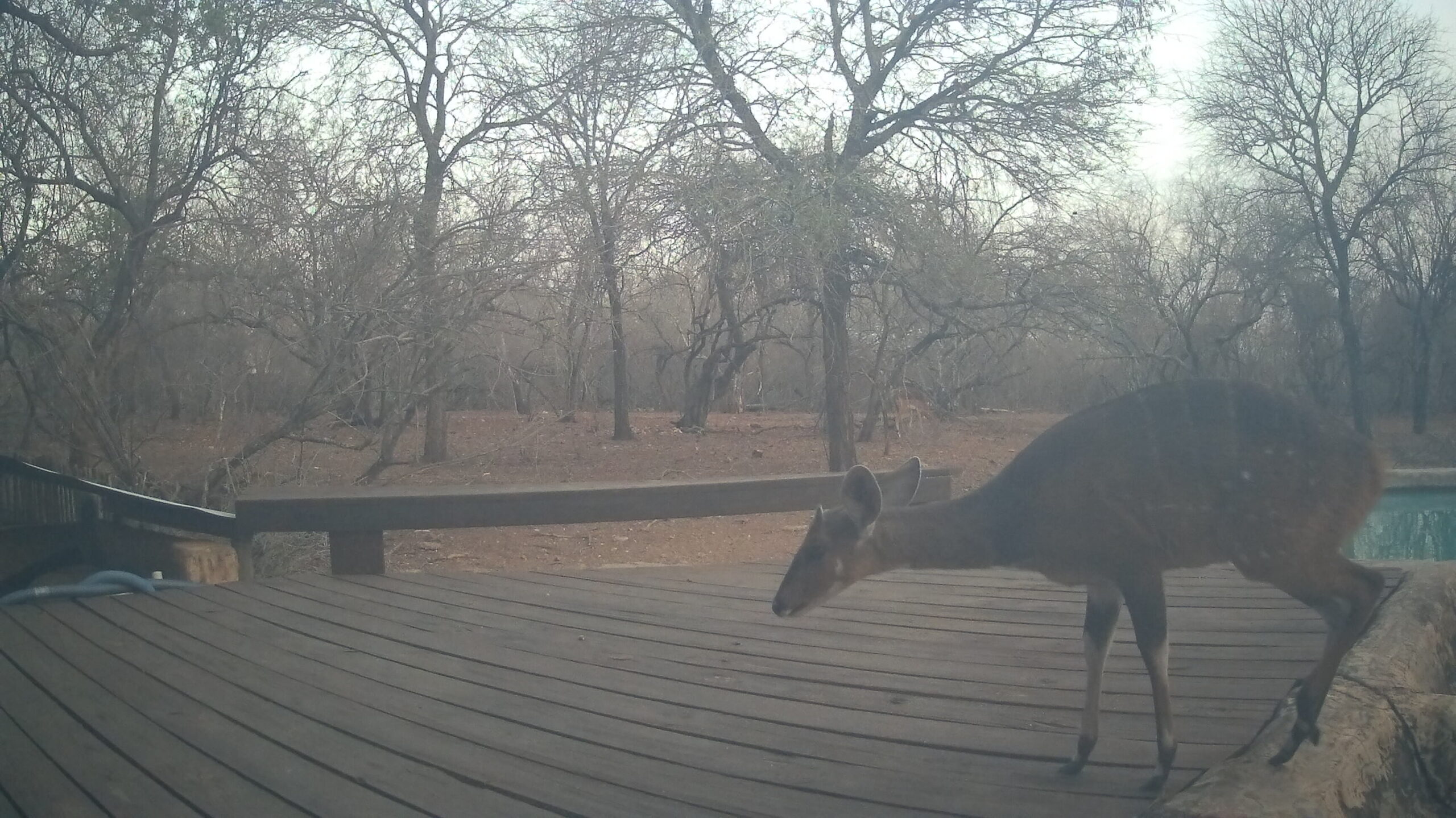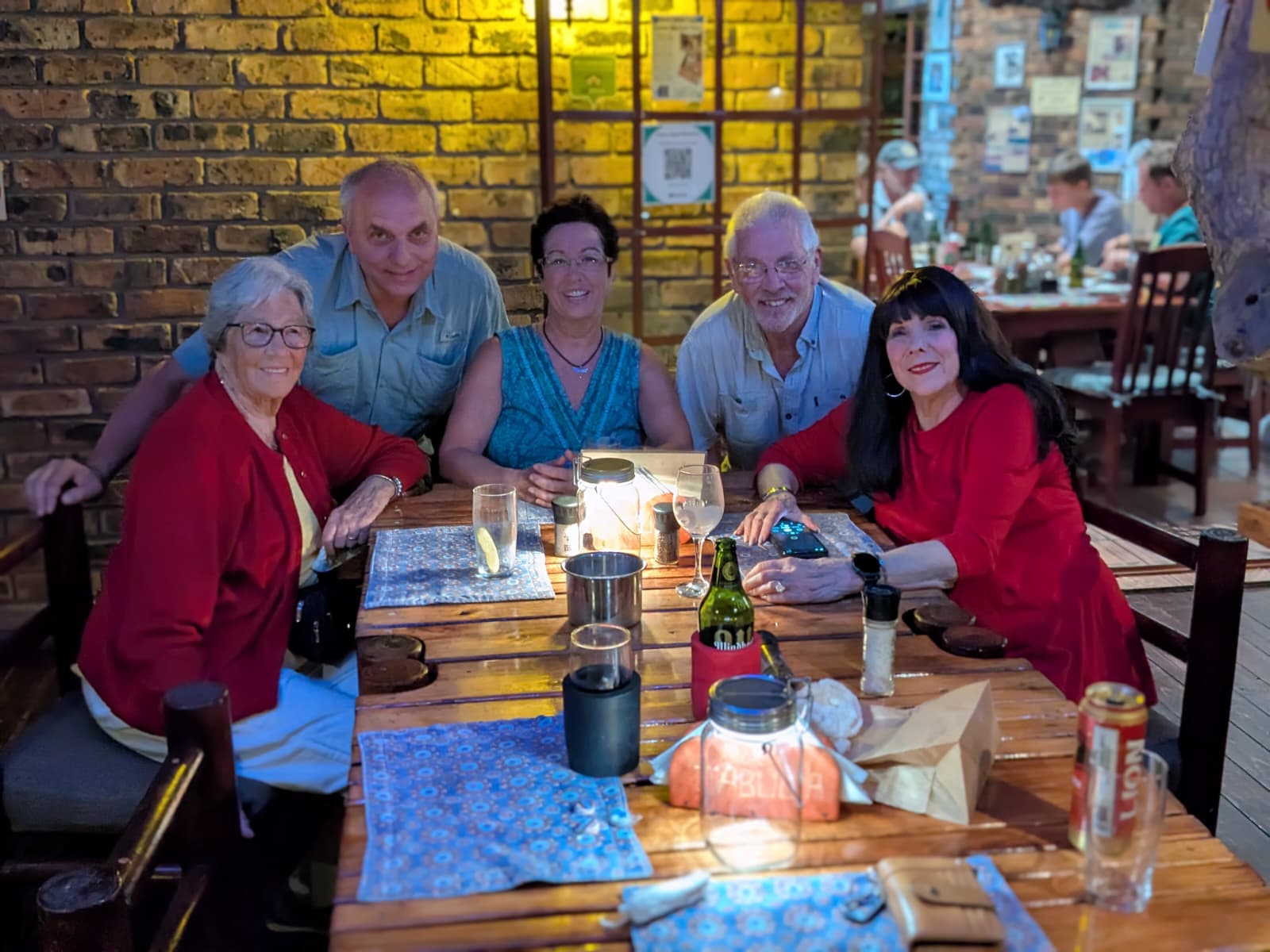
We’ll be leaving Marloth Park this afternoon to head to the MQP (Nelspruit/Mpumalanga/Kruger Airport), which is about a 75-minute drive on the N4 Highway through the winding roads and the gorge, the part of the drive that is most intimidating. With construction on the highway, we must leave an hour earlier than expected to ensure we arrive at the airport on time.
Once we arrive and check our bags, we’ll feel more at ease, even if we have to wait a few hours for the short flight to Johannesburg, where we’ll have a two-hour layover, before continuing on to Doha, Qatar. Hopefully, we’ll have enough time in Joburg to have dinner in one of the many restaurants in the airport.
We decided to eat before boarding, as the food on the plane will likely be Middle Eastern-type dishes, none of which I will eat due to their high starch content, and all of which Tom doesn’t like. It’s easier to dine in a restaurant at the airport and be done with it.
So, here’s what transpired yesterday with our holiday rental in Sant Marti, Spain, that left us exhausted and frustrated, even after we returned from dinner at Jabula with Rita, Inge, and Gerhard.
We booked the holiday home in Spain from Capital One Travel, where we have several credit cards with accumulated rewards points. One of the cards, Venture X, has an annual US $300 perk, which we combined with some reward points, but certainly not enough to cover the entire cost of US $5100 for the six-week stay.
We booked the holiday home in Sant Marti, in a popular, trendy warehouse district, with the credit card travel service handling everything, which seemed fine at the time. We were advised that 72 hours prior to your arrival, we’d receive instructions from the owner/property management company as to how to gain access to the property. Seventy-two hours came and went.
Yesterday afternoon, we called Capital One Travel, and after two hours of long-distance phone calls, we still didn’t have a contact person, phone number, or email address for the vendor. While sitting at the bar at Jabula, we finally received a call back from Capital One, with a lengthy email address, stating we needed to contact the vendor directly and follow their instructions.
Now, keeping in mind we’d already paid the US $5100, we expected to receive a door code to allow us to enter the property. Oh, no, it wasn’t that easy! The process that followed, which we did after returning home from dinner, was comparable to filling out a passport application.
We had to scan our passports to a specific format and size, take selfie photos using my laptop, and enter myriad morsels of information about ourselves, including providing a credit card so they could charge us a Euro $1500, US $1760, security deposit, plus a Euro 18, US $21, service fee (non-refundable). None of this information was disclosed when we rented the property.
We had no choice, or, as the credit card company explained, if we didn’t comply with the process instituted by Barcelona and the property manager, we would lose our $ 5100. They had us over a barrel.
I didn’t finish the application process until after 10:00 pm. Exhausted and frustrated, I tried to get some sleep but awoke at 4:30 am and have been awake since. It’s a sorry state to start the upcoming 23 hours of travel. But, somehow, we’ll get through it.
We only have the duffel bag left to close after adding the toiletries and the clothes Tom is wearing. Then, we’ll be all set. Hopefully, everything will go well when we arrive at the property tomorrow afternoon. We still don’t have an access code. I will be watching my email frequently.
As for a post for tomorrow, we shall see. Perhaps I will be up to doing a new post during our three-plus-hour layover in Doha.
Thanks to so many of our readers who have written, wishing us safe travels and enjoyment on our next adventure. We love that you travel along with us.
Be well.
Photo from ten years ago today, September 14, 2015:


